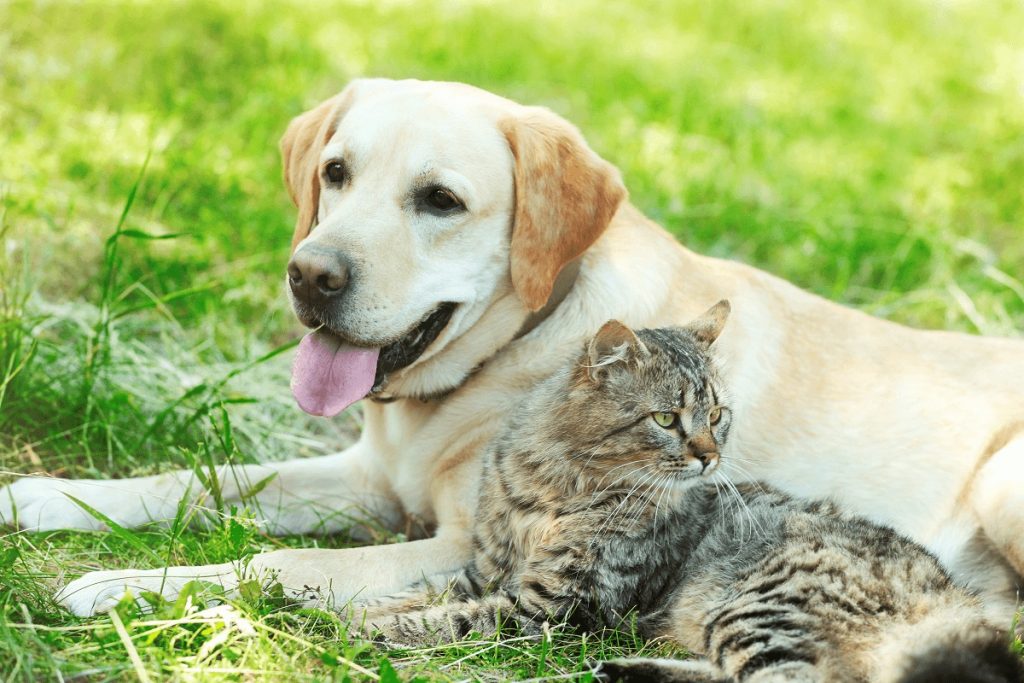Did you know that your cat or dog can develop diabetes? Diabetes mellitus is becoming an increasingly common health issue for pets, particularly as they age.
It’s important that diabetes is diagnosed and managed as early as possible to avoid long-term damage. Read on to find out which animals are more likely to get diabetes, the key symptoms to look out for, and treatment options.
What is pet diabetes?
Diabetes in pets is no different from the condition that occurs in people. In a nutshell, it’s a disease where the body is unable to regulate blood sugar due to a lack of insulin.
Diabetes risk factors
Middle-aged and older dogs and cats are most likely to develop diabetes, however, the condition can also occur in younger animals. While obesity is considered to significantly increase the risk, genetics also plays a key part.
The cat and dog breeds most at risk of developing diabetes include:
| Dog Breeds | Cat Breeds |
| Terriers | Burmese |
| Labradors | Siamese |
| Golden Retrievers | Russian Blue |
| Dachshunds | Abyssinian |
| German Shepherds | |
| Cocker Spaniels | |
| Dobermans |
In dogs, diabetes occurs in females at almost twice the rate of males, however, in cats, males (particularly those who have been neutered) are more predisposed to developing diabetes.
Key symptoms
There are five common signs that may indicate your cat or dog may have diabetes:
- Increased thirst
- Weight loss
- Excessive urination
- Change in appetite
- Lethargy
Your pet doesn’t need to display all five symptoms for you to take action. These signs can also point to other serious illnesses, so it’s important to make an appointment with your vet for a full examination. If left untreated, diabetes can lead to blindness, kidney failure and nerve damage – and can also increase the occurrence of other serious diseases – so it’s crucial that you take your pet to the vet soon as you start noticing symptoms occurring.
Diagnosis
To diagnose diabetes, your vet will perform a thorough examination of your pet and discuss their symptoms and behaviour. They will also undertake blood and urine testing to check for glucose levels, as well as to rule out any other illnesses.
Treatment
While diabetes cannot be cured, the disease can be managed to enable your cat or dog to lead a happy and long life. The management of diabetes requires some life-long changes, including the daily administering of medication and a change to your pet’s lifestyle.
Your vet will prescribe your pet insulin and will show you how to inject the medication. The dose and schedule will depend on your pet’s age, condition and weight, and may also need to be adjusted over time to ensure their insulin levels are appropriate. Typically, your pet will receive one or two injections per day.

You will also need to make some changes to your pet’s diet and activity levels. If your cat or dog is overweight, getting them back to their healthy weight range will help their cells to use insulin more effectively. Cats with diabetes need to follow a low-carb, high-protein diet, while dogs typically require a low-fat, high-fibre diet. It’s also important to get your pet moving as much as possible. This can include long, regular walks for dogs and enticing play activities for cats.
Preventing diabetes
As with most illnesses – in people and pets – prevention is better than cure. Feeding your cat or dog a balanced diet, keeping an eye on their weight and taking your pet to the vet for regular health checks are all positive steps in helping reduce the risk of your pet developing diabetes and other diseases.
If you’re ever concerned that your pet may be displaying possible signs of diabetes, or you’d like some advice on how to manage their weight, our friendly small animal vets are here to help. You can book an appointment online or call our Gawler East clinic team on 08 8318 1801.

